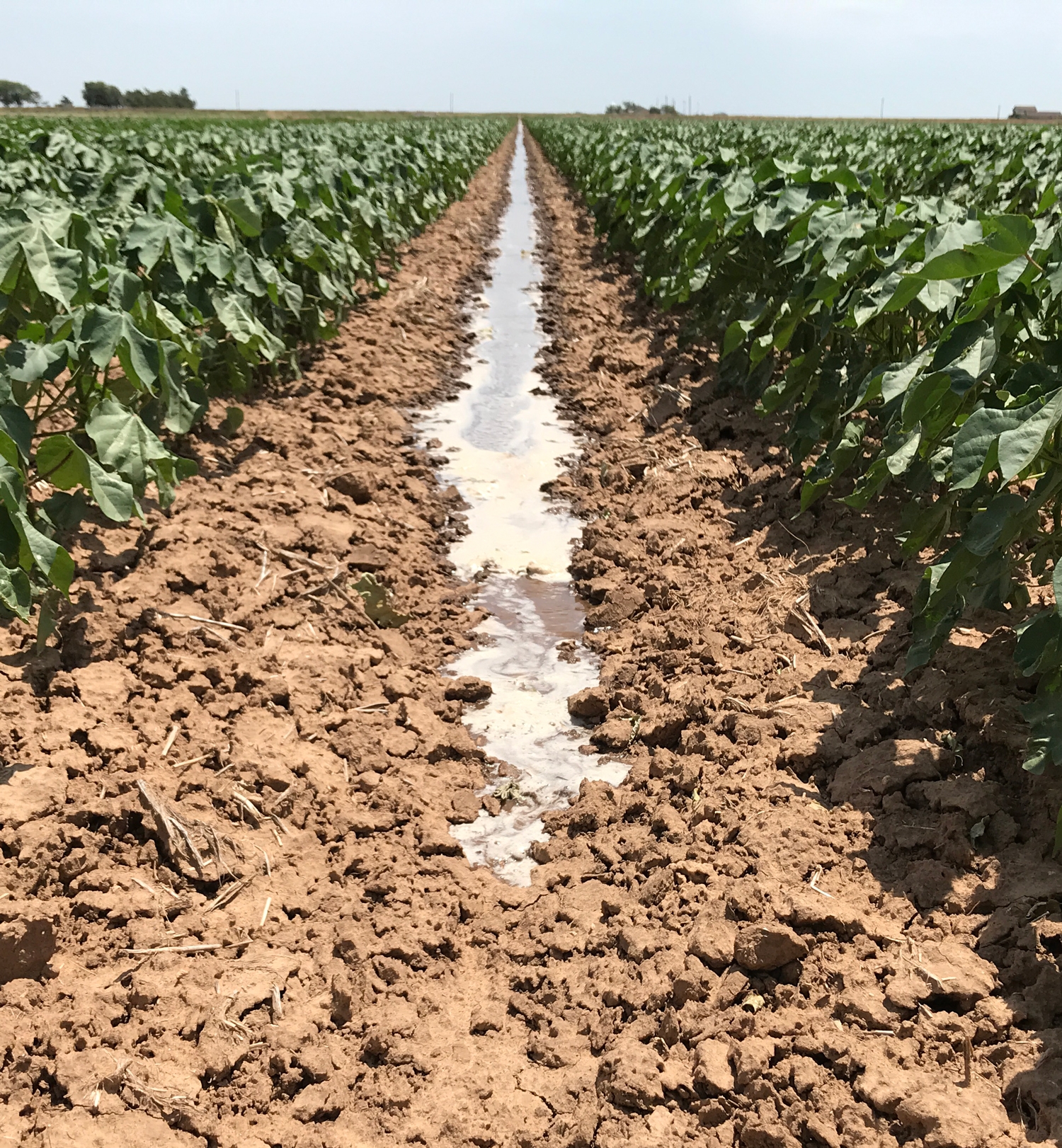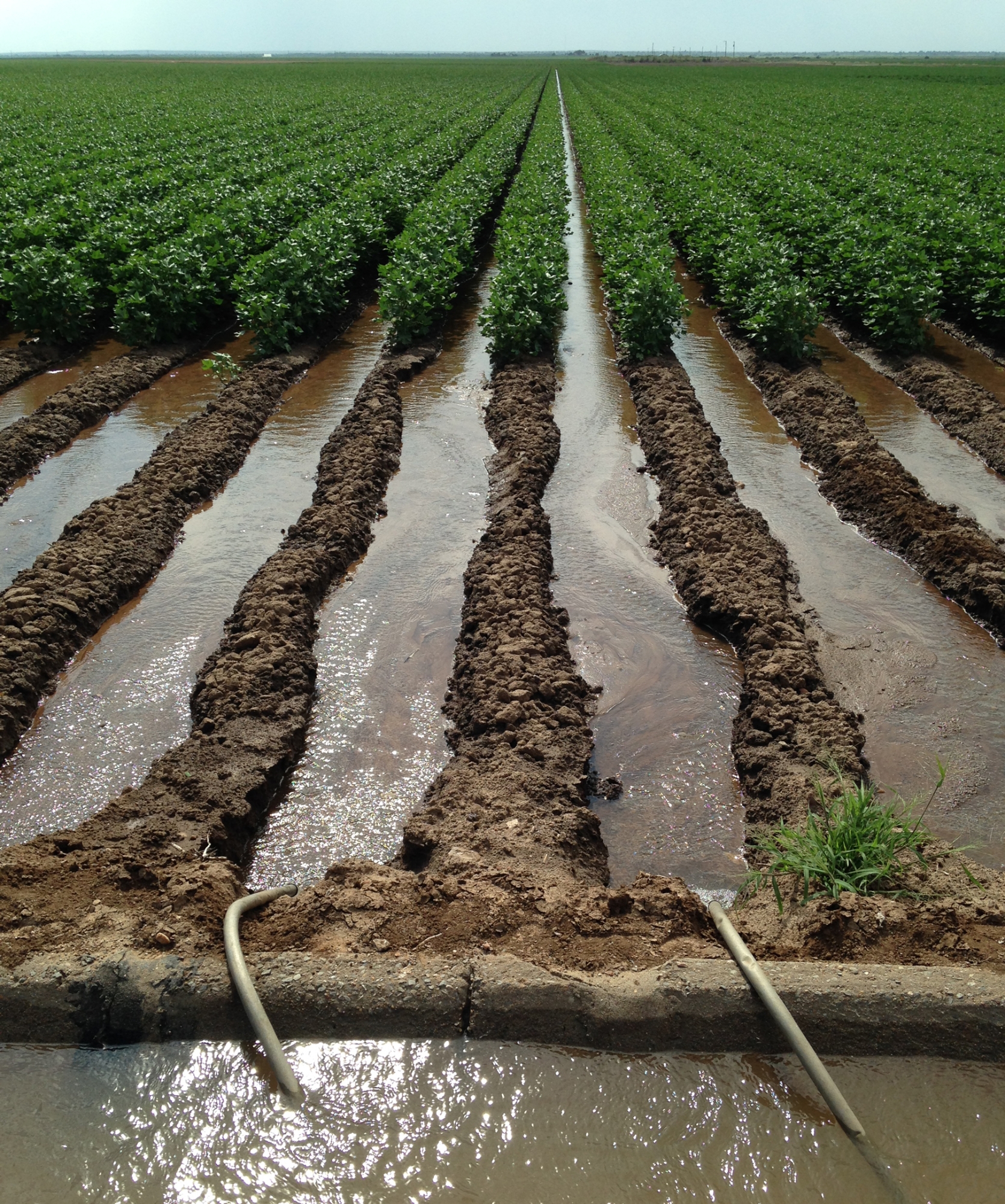Researchers at the University of Oklahoma are investigating how voluntary incentives could be used to enhance the sustainability of water resources and freshwater ecosystems.
Thomas Neeson, an associate professor in the Department of Geography and Environmental Sustainability in the College of Atmospheric and Geographic Sciences at OU, will be leading a research project to model the impacts of conservation incentives for farmers who rely on water in the Red River basin.
“Despite their critical role across the economy, freshwater resources are all too often mismanaged and the source of conflict,” said Tim Filley, director of the OU Institute for Resilient Environmental and Energy Systems. “Dr. Neeson’s project will help us better understand how voluntary, incentive-based conservation programs work, and how they can be effectively designed to move us closer to a sustainable, secure and prosperous future.”
The five-year research project is funded by a nearly $1.6 million grant from the National Science Foundation, and includes collaborators from Oklahoma State University, Texas A&M, Clark University, Florida International University, and George Mason University. The OU team also includes Adam Feltz, an associate professor in the Department of Psychology, and Caryn Vaughn, presidential professor in the Department of Biology, both in the College of Arts and Sciences.
“We’re interested in all dimensions of water sustainability, making sure we have enough water for irrigation and other societal uses, and enough water for freshwater ecosystems and the benefits they provide to people,” Neeson said.

Neeson said the Red River provides a valuable context for exploring voluntary conservation incentives because a significant amount of its water resources is used for agricultural purposes.
A recent report by the Food and Agriculture Organization of the United Nations cites that “agriculture is the largest water user worldwide, accounting for 70% of total freshwater withdrawals on average.”

“The water users we are focused on in this project are farmers since, globally, agriculture is the primary user of freshwater,” said Neeson. “The Red River is a great case study for a lot of reasons, particularly as a model for water systems in areas with extensive agricultural use.”
“Disputes over water resources are common worldwide, and the lessons we learn in the Red River could be transferable to water systems around the world,” he added.
Saleh Taghvaeian, an agricultural engineer and a specialist in water resources at Oklahoma State University’s Extension, will lead outreach efforts to discuss potential conservation incentives with local farmers to inform the research models.
“Water is perhaps the most critical agricultural input in the Red River basin,” said Taghvaeian. “Irrigating crops dramatically increases production and all related economic activities.”
“Farmers in the region appreciate the value of water and have strong motivations to conserve it as the demand for water is increasing and droughts are predicted to become more frequent and severe,” he added. “However, viable and affordable conservation practices are not always available.”
The project builds on previous work funded by the U.S. Fish and Wildlife Service and the South Central Climate Adaptation Science Center, a U.S. Geological Survey center located at OU. This foundational research includes climate projections and water resources models for the Red River basin and “preliminary versions of a spatial planning tool for water conversation incentives and how to allocate them,” Neeson said.
Berrien Moore, dean of the College of Atmospheric and Geographic Sciences and the director of the National Weather Center, said that this work “is of fundamental importance to Oklahoma and to the planet. Changes in water availability, be it too much or too little, are the biggest challenge in a changing climate.”
“In many ways, we don’t know what the future will look like,” Neeson said. “We don’t know what the climate will look like; we don’t know what human water demands will be. One of the goals of the project is to explore many different future scenarios. We want to identify water sustainability strategies that are robust to uncertainty so that, ideally, no matter what happens in the future, there are strategies for ensuring water sustainability that will perform reasonably well.”